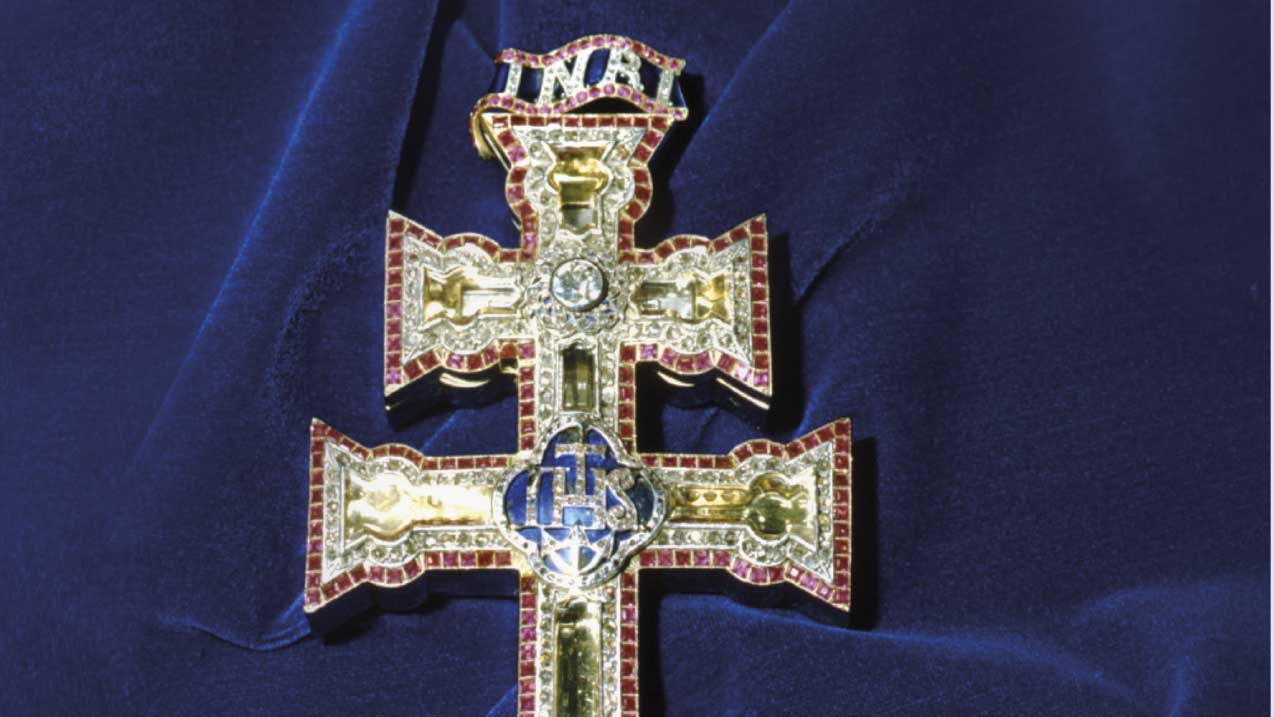Have you ever wondered why the city was given the name of Caravaca de la Cruz? If you're thinking of visiting the City, then perhaps you will be curious to know more about its origin. What is certain is that the birth of the name of the city goes back deep into the past and is closely linked to Christianity.
The symbol which characterises the municipality of Caravaca de la Cruz is a double-armed cross. This is a reliquary containing splinters of the "lignum crucis", a piece of the wood from the cross on which Jesus was crucified. With the passage of time this symbol has become inextricably associated with the municipality and the cross a core image by which a visit to Caravaca is associated.

Many mysteries surround the cross, but all versions of events talk of its "mysterious" appearance in the castle of Caravaca in 1231. At that time Caravaca and the rest of Murcia were still under Moorish rule, and thousands of Christians were taken prisoner and imprisoned.
Among them was a priest named Ginés Pérez de Chirinos, who was forced by his captors to perform Mass but realized that he was unable to complete the ceremony without there being a crucifix present on the altar. Legend has it that at that moment two angels entered through an open window bearing a "lignum crucis", which was later found to have come from Jerusalem.
This led to the cross becoming known as the "True Cross", and it was subsequently incorporated into Caravaca's coat of arms.
This led to the cross becoming known as the "True Cross" and it was subsequently incorporated into Caravaca's coat of arms.


